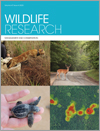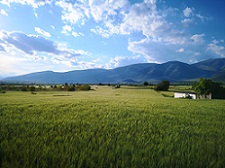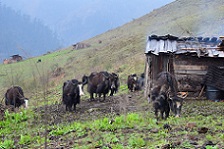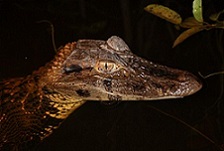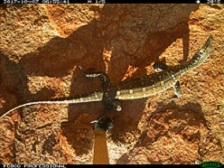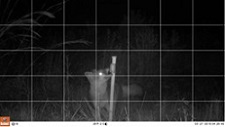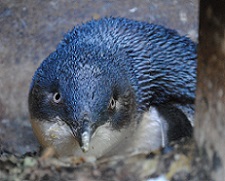WR19100Sources and dynamics of international funding for waterfowl conservation in the Prairie Pothole Region of North America
 , J. H. Devries, J. A. Dubovsky, D. Semmens, W. E. Thogmartin, J. J. Derbridge and L. Lopez-Hoffman
, J. H. Devries, J. A. Dubovsky, D. Semmens, W. E. Thogmartin, J. J. Derbridge and L. Lopez-Hoffman
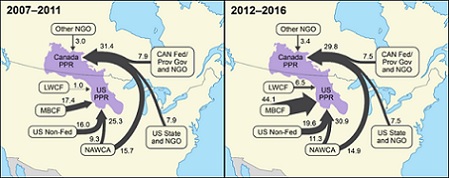
Despite the known importance of funding for wildlife conservation, this topic has received very little attention in the scientific literature. We have shrank this gap by characterising funds that flow from US and Canadian sources into waterfowl conservation within the Prairie Pothole Region of North America. Our findings have provided an important step towards better understanding of the complexities of wildlife conservation funding and, particularly, how it varies among sources and destinations across space and time. Photograph by Brady J. Mattsson, James H. Devries, James A. Dubovsky and Darius Semmens.
WR19100 Abstract | WR19100 Full Text | WR19100PDF (907 KB) | WR19100Supplementary Material (2.9 MB) Open Access Article


